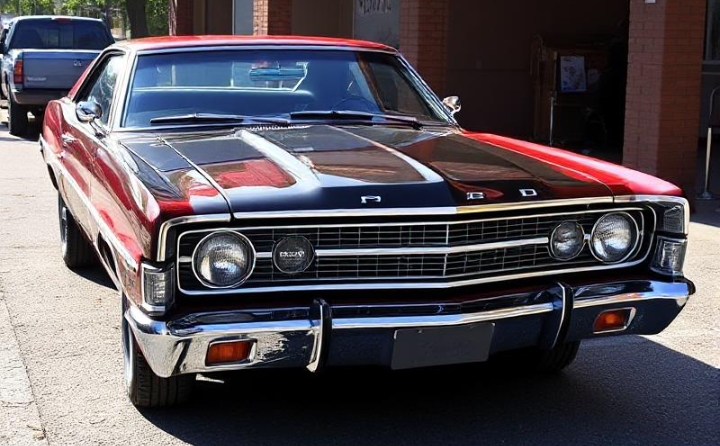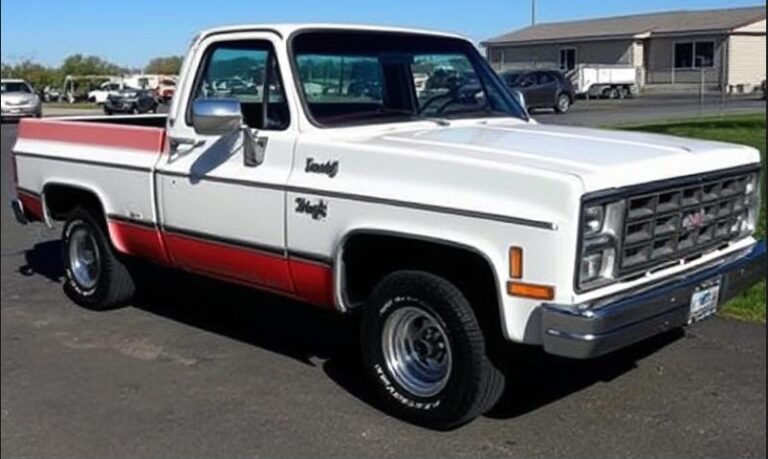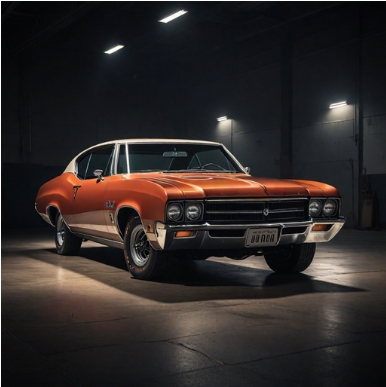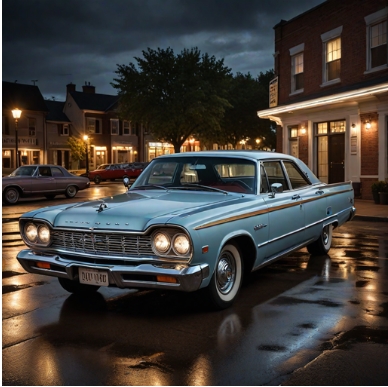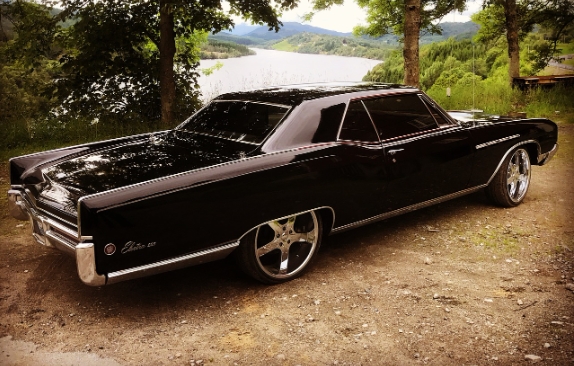The Evolution of the Ford Torino: A Classic American Muscle Car
The Ford Torino is a classic American muscle car that made its mark in automotive history during the late 1960s and early 1970s. Built on Ford’s midsize platform, the Torino epitomized the golden age of American automotive design, delivering an exhilarating combination of power, style, and performance. This article explores the evolution of the Ford Torino, detailing its production years, models, and trim levels.
Origins: 1968
The Ford Torino was first introduced in 1968 as a redesign of the Ford Fairlane. Positioned between the compact Ford Mustang and the full-size Ford Galaxy, the Torino catered to consumers seeking larger, more powerful vehicles. Initial models featured a sleek, elongated body with a distinctive front grille and integrated headlights, presenting an aggressive aesthetic that caught the eye of car enthusiasts.
Models and Trim Levels of 1968:
- Base Model: The entry-level version came equipped with a 302 cubic inch V8 engine.
- GT: The GT trim offered enhanced performance with an optional 390 cubic inch V8, sportier suspension, and visual enhancements like stripes and unique badging.
- Sport Sprint: Another variant, the Sport Sprint, featured a 289 cubic inch V8 engine and emphasized performance while maintaining a stylish appearance.
The Early 1970s: 1969-1971
The Torino continued to evolve through the late 1960s and early 1970s, coinciding with the burgeoning muscle car era. In 1969, Ford introduced a new grille design and updated rear lights to enhance the Torino’s appearance.
Models and Trim Levels of 1969:
- Base Model: Similar to 1968, the base model included various engine options, starting with the 302 V8.
- GT and Cobra: Mid-range sports models offered higher performance; the Cobra variant came equipped with a powerful 429 cubic inch V8 engine.
- Torino Cobra: This model featured aggressive body lines and performance upgrades focused on racing enthusiasts.
In 1970, Ford further refined the Torino with a more aggressive design and a slightly larger body.
Models and Trim Levels of 1970:
- Base Model: Continued the trend with standard V8 engines suitable for daily driving.
- GT: The GT model introduced additional performance features, including upgraded suspension and handling capabilities.
- Torino Cobra: This version remained available, offering sports car performance with an emphasis on speed and handling.
- Cobra Jet: Featuring the revered 428 Cobra Jet engine, this model was engineered for serious performance, capable of competing on the drag strip.
The Ford Torino’s production hit its peak in 1971. The design featured rounded edges and a more aerodynamic shape, marking a step into the 1970s styling trends.
Models and Trim Levels of 1971:
- Base Model: Engine options included a 351 cubic inch V8.
- GT: Similar performance upgrades from the previous year remained; the GT trim stood out for its sporty features.
- Torino Sport: For buyers who wanted a blend of performance and comfort, the Torino Sport emerged, featuring plush interiors.
Shift in Design: 1972-1976
With the fuel crisis and changing consumer preferences in the early 1970s, Ford adapted the Torino lineup. The 1972 model displayed a more subdued design element, prioritizing safety and fuel efficiency over raw power.
Models and Trim Levels of 1972:
- Base Model: Offered with a 351 cubic inch V8 engine and shifting toward a more balanced approach to horsepower and fuel economy.
- GT: Continued to feature performance packages, though with some engine downgrades to comply with new environmental regulations.
- Brougham: Introduced as a luxury variant, offering plush interiors, power steering, and power windows.
By 1974, the Torino began to lose some of its muscle car credentials as power restrictions tightened and market demand shifted toward more economical vehicles.
Models and Trim Levels of 1974:
- Base Model: Engine options were revised, focusing on more fuel-efficient choices.
- Elite: A premium version that featured more luxurious appointments and a more comfortable ride, committing to the raw power territory that had defined the Torino.
.

.
The Last Hurrah: 1976
The production of the Ford Torino came to an end in 1976, with the nameplate not returning until the mid-1980s for a brief period. The last design phase still retained elements of its heritage while adapting to contemporary market demands.
Models and Trim Levels of 1976:
- Base Model: Aimed more at comfort and reliability with an emphasis on luxury features rather than performance.
- Brougham: The most luxurious iteration, providing high-end features and tasteful styling designed for the more affluent buyer.
The Torino’s Legacy
Despite being discontinued, the Ford Torino has retained a vibrant presence in automotive culture, with a dedicated following of collectors and enthusiasts. Its appearances in popular media—most notably, the classic TV show “Starsky & Hutch”—solidified its status as an iconic vehicle of the era. Fans of the Torino appreciate its design, engineering, and the performance that marked an important chapter in Ford’s history.
Conclusion
The Ford Torino’s evolution reflects broader trends in the automotive industry, from the muscle car heyday of the late 1960s to the practical and economic designs prompted by fuel crises in the mid-1970s. Through various trim levels, the Torino offered something for everyone—from performance enthusiasts to families seeking reliable transportation. Today, the Ford Torino remains an important part of American automotive history, evoking nostalgia for a time when cars were not only a means of transportation but also a symbol of freedom and personal expression. As enthusiasts restore and appreciate these classic cars, the Ford Torino endures as a testament to the spirit of American ingenuity and design.
